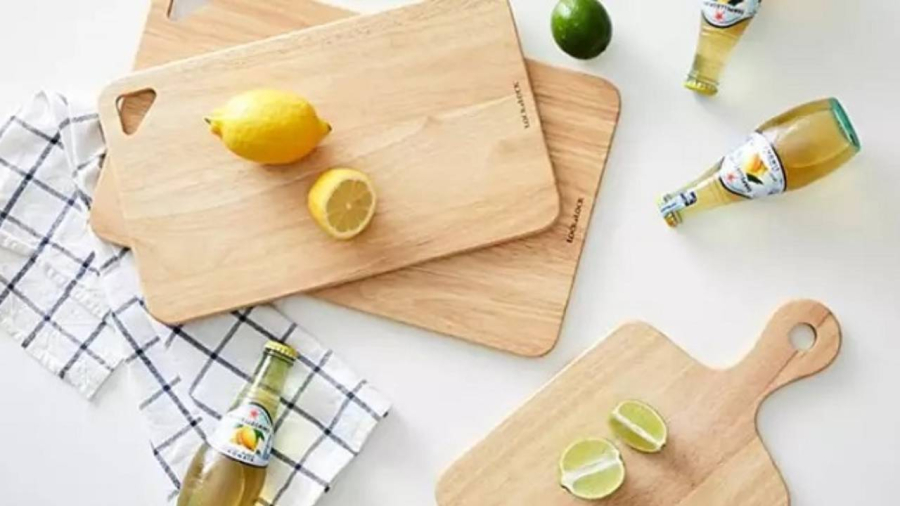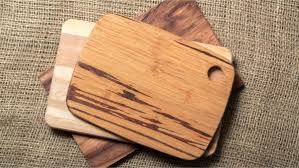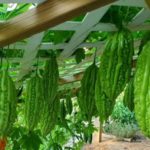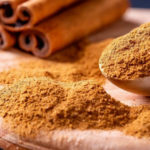Wooden Cutting Boards: A Comprehensive Guide
Wooden Cutting Boards: Structure and Materials
Wooden cutting boards are typically made from a variety of materials such as bamboo, mahogany, and pressed wood, and come in different shapes like rounds and rectangles to suit your needs. They are a trusted choice for many home cooks due to their durability and health benefits.
Advantages of Wooden Cutting Boards
High elasticity and weight: Wooden boards provide a stable surface for cutting and chopping, making them ideal for tasks like breaking down large cuts of meat or chopping vegetables. They are less likely to slip and slide on your countertop during use.
Knife-friendly: The wooden surface is gentle on your knife’s edge, helping to maintain its sharpness over time.
Antibacterial and environmentally friendly: Wood has natural antibacterial properties and is biodegradable, making it a more sustainable option compared to other materials.
Heat resistant and durable: Wooden cutting boards can withstand high temperatures and have a long lifespan, making them a worthwhile investment for your kitchen.
Affordable and accessible: Wooden cutting boards are reasonably priced and widely available, making them a popular choice for home cooks of all budgets.
Disadvantages of Wooden Cutting Boards
Prone to warping and cracking: One of the main drawbacks of wooden cutting boards is their tendency to warp, crack, or develop mildew if not properly cared for. It’s important to follow the cleaning and maintenance tips outlined below to prolong the life of your wooden board.
Not dishwasher safe: Wooden cutting boards should not be placed in the dishwasher as the high temperatures and prolonged exposure to water can damage the wood.
Heavier than other options: Wooden cutting boards are typically heavier than their plastic or bamboo counterparts, which may be a consideration if you have limited strength or mobility.

Wooden cutting boards are a trusted choice for many home cooks.
Care and Maintenance Tips for Wooden Cutting Boards
Cleaning your wooden cutting board: After each use, wash your board with mild dish soap and warm water. You can also use a mixture of lemon juice and water to help remove any odors. Rinse the board thoroughly and dry it with a clean cloth before storing it in a well-ventilated area to prevent mold and mildew.
Avoid deep knife cuts: Try not to press too hard when cutting, as this can create deep grooves in the wood, providing hiding places for bacteria and speeding up the wear and tear of your board.

Removing stains and discoloration: Soak the board in a mixture of vinegar and lemon juice for two hours to remove stains and discoloration. Rinse with warm water and mild dish soap, then sanitize by pouring boiling water over the board. This will help extend the life of your wooden cutting board and keep it looking like new.
Sanitizing before and after use: Before and after cutting raw meat, pour boiling water over the board to sanitize it. For added peace of mind, you can also use a mixture of dish soap and hot water, scrubbing the surface with a clean cloth. Repeat this process until the board is thoroughly clean, then rinse with clean water and hang it to dry in a well-ventilated area.
Bamboo Cutting Boards: Features and Benefits
Bamboo Cutting Boards: Structure and Materials
Bamboo cutting boards are crafted from natural bamboo and are a traditional choice in many Asian cultures for food preparation. Bamboo is a highly durable material with low elasticity, making it resistant to impact and liquid absorption.
Advantages of Bamboo Cutting Boards
Eco-friendly and sustainable: Bamboo is a rapidly renewable resource, making bamboo cutting boards a more environmentally friendly option compared to plastic or non-recycled wood boards.
Natural flexibility and durability: Bamboo has natural flexibility, which makes it less prone to breaking or cracking during use. Its durability ensures that your bamboo cutting board will last for a long time.
Smooth surface and easy maintenance: Bamboo cutting boards are carefully crafted and polished to create a smooth, flat surface that is easy to clean. This smooth surface also helps prevent water and oil absorption, inhibiting bacterial growth and making it easier to maintain.
Antibacterial and antifungal properties: Bamboo contains natural compounds that have antibacterial and antifungal properties, helping to inhibit the growth of harmful bacteria and microorganisms on the board.
Knife-friendly surface: Bamboo’s natural flexibility makes it gentle on your knife’s edge, ensuring that your knives stay sharper for longer.
Disadvantages of Bamboo Cutting Boards
Prone to cracking: Over time, bamboo cutting boards may develop cracks, especially if they are not properly cared for. It’s important to follow the cleaning and maintenance tips to prolong the life of your bamboo board.
Not suitable for cutting hard objects: Bamboo cutting boards are not designed for cutting hard objects, as they can create small cracks and crevices that provide a breeding ground for bacteria.
Formaldehyde content: Some bamboo cutting boards may contain small amounts of formaldehyde, which can be a health concern. Ensure that you purchase your bamboo board from a reputable source that uses safe manufacturing processes.
Plastic Cutting Boards: An Affordable and Versatile Option
Why Choose a Plastic Cutting Board?
Plastic cutting boards are a popular choice among customers due to their affordability, variety of designs, and versatility. They offer several advantages that make them a worthwhile addition to your kitchen.
Benefits of Plastic Cutting Boards
Convenience and ease of use: Plastic cutting boards are lightweight and easy to clean. They can be washed by hand or in the dishwasher, making them a low-maintenance option for busy home cooks.
Durability and heat resistance: Plastic cutting boards are highly durable and resistant to heat, ensuring that they can withstand the demands of your kitchen without warping or cracking.
Safe and non-toxic: High-quality plastic cutting boards, such as those made from PE and PP plastic, are non-toxic and safe for food preparation. These types of plastic are known for their durability and environmental friendliness.
Versatility in the kitchen: Plastic cutting boards can be used for a variety of tasks, including chopping meat, vegetables, and fruits. Their smooth surface ensures that your food retains its nutritional value and remains free from contamination.
The Only Disadvantage: Heat Sensitivity
The only drawback of plastic cutting boards is their sensitivity to heat. It’s best to avoid cutting hot foods, as the high temperatures can affect the integrity of the plastic. Allow hot foods to cool down before cutting or chopping them on a plastic board.
General Tips for Using and Maintaining Cutting Boards
Replace old cutting boards: If your cutting board is cracked or deeply grooved, it’s time to replace it. These crevices can harbor bacteria and are difficult to clean effectively.
Designate separate sides: Avoid using the same side of the cutting board for different tasks. Designate one side for cutting raw meat and the other for chopping vegetables or cooked foods to prevent cross-contamination.
Avoid cross-contamination: Do not cut raw meat and raw vegetables on the same board. Parasites and bacteria from raw meat can easily be transferred to raw produce, increasing the risk of foodborne illnesses.
Avoid metal scrubbers: Using metal scrubbers or steel wool to clean your cutting board can leave scratches that provide a breeding ground for bacteria. Opt for a soft cloth or sponge instead.
How to Maximize Air Conditioning Comfort for Babies in the Home
Having a new baby in the home brings many considerations and responsibilities, none more important than making sure the baby is safe and healthy. One way to achieve this is proper air conditioning usage. Read on for helpful tips on how to make the best use of air conditioners to keep your newborn safe.
“Maximize Kitchen Hygiene with these Incredible Tips for Cleaning and Whitening Plastic Cutting Boards”
Having trouble keeping your plastic cutting boards clean and free of bacteria and mold? We’ve got the perfect solution for you: an easy trick that will extend the life of your boards! Read on to find out how to quickly and easily whiten and clean your plastic cutting boards – it’s a tip not everyone knows about!




































